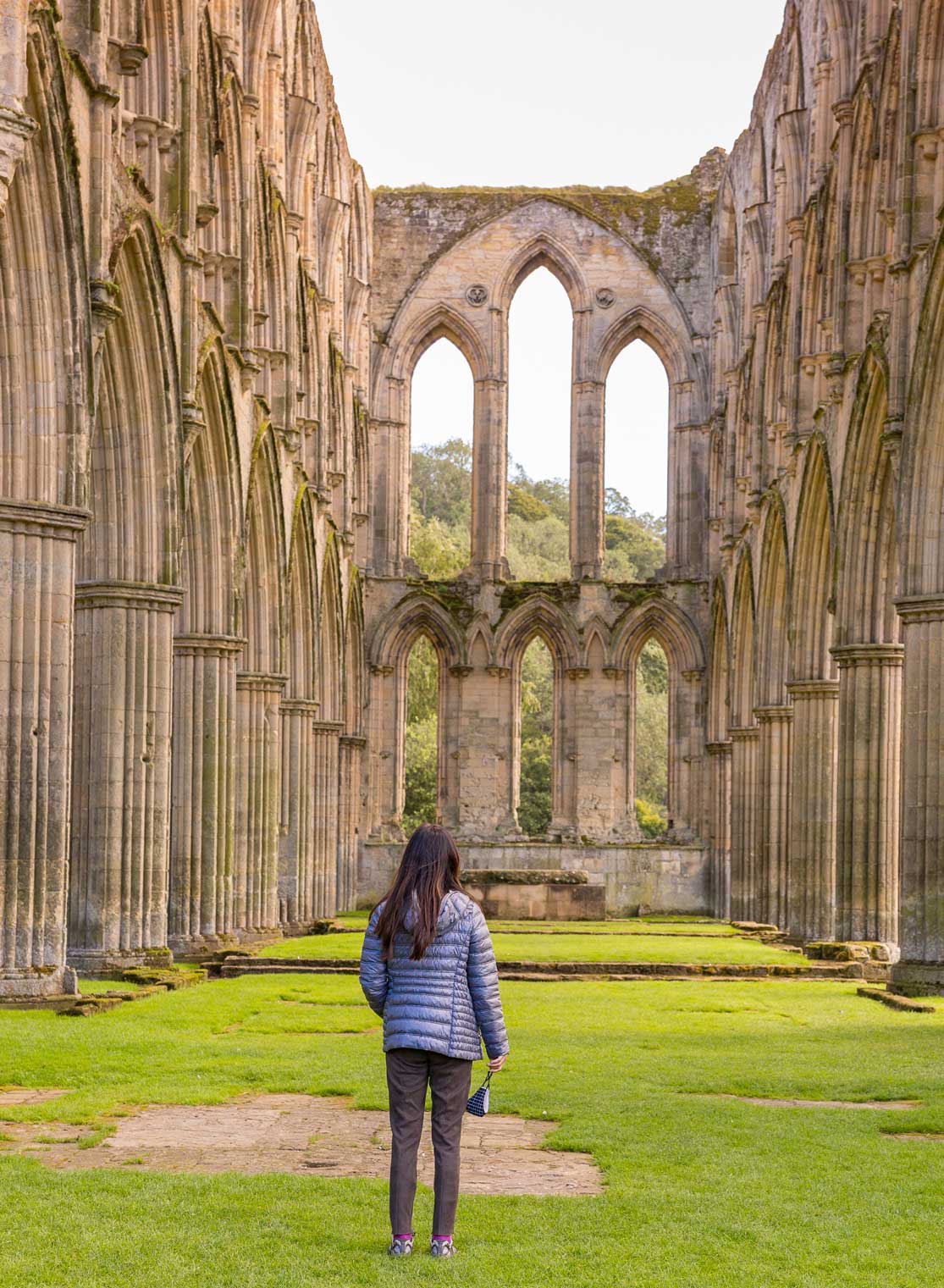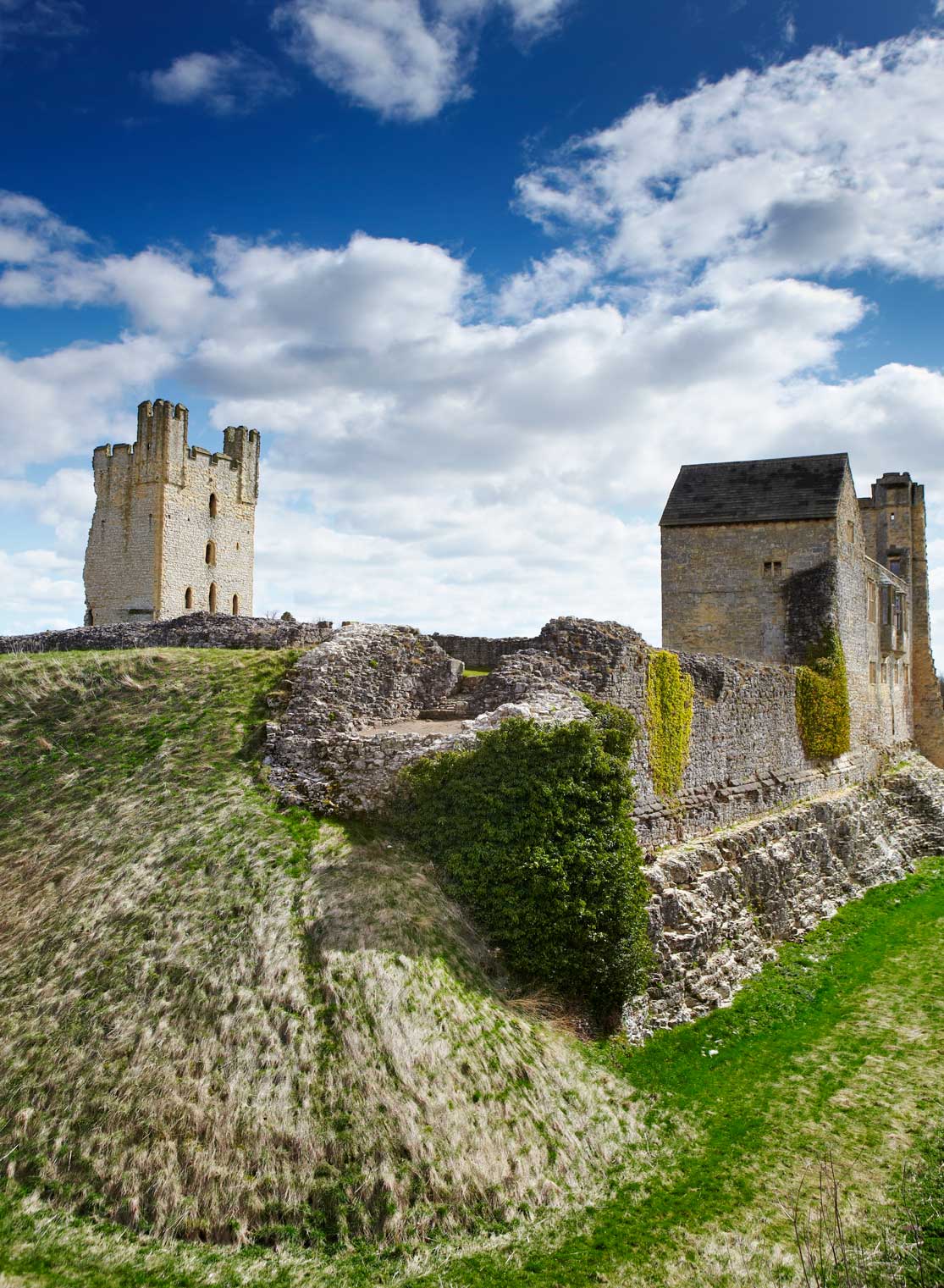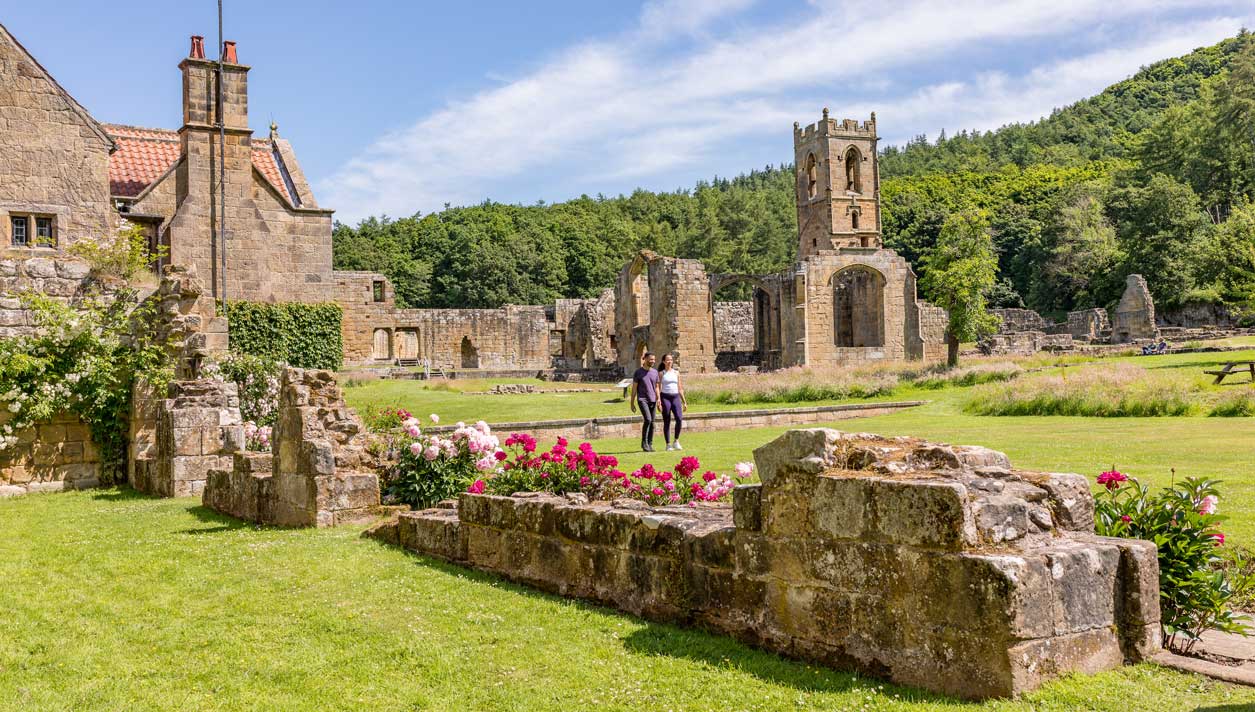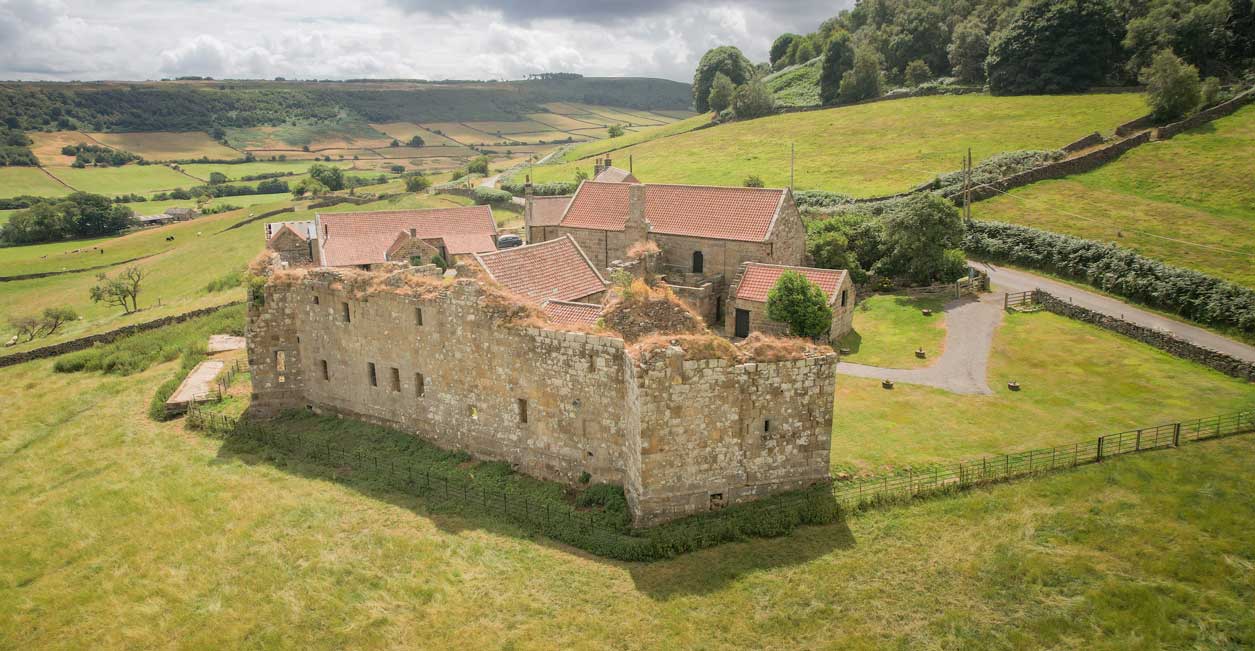Perhaps the greatest influence on the landscape of the North York Moors was that of the monasteries and priories of a number of religious communities.
The earliest foundation was via a grant of land in 1131 to a group of Cistercian monks, from Clairvaux in France, at Rievaulx. Within the next 70 years, Byland Abbey had been established, together with five other priories in the region. The latest foundation was by the Carthusians at Mount Grace Priory in 1398.



The monks were successful farmers, particularly of sheep, and as they acquired more land they established farms (granges) further and further away from the Abbey. They developed large scale moorland grazing and stimulated the rapid growth of the wool trade that became so significant in England’s later history.
There are a number of castles in and around the National Park. Some of these are early earthwork and timber examples dating from soon after the Norman Conquest. Helmsley, Mulgrave and Danby were later rebuilt in stone although both Danby and Mulgrave were moved to new sites.

Much of the North York Moors area is owned by large Estates, many of which date from this period. The manorial system prevailed until the later Middle Ages and today there are still Courts Leet for the Danby, Spaunton and Fylingdales Estates.
The shape of villages can also tell us a great deal about the antiquity of settlements. Some village plans are thought to date from around the time of, or just after, the Norman Conquest – Appleton le Moors and Cold Kirby are good examples. Their layouts – best viewed from maps or aerial photographs – show two rows of houses (tofts) and back-yards/vegetable gardens (crofts) on either side of a wide village green, now mostly absorbed into modern front gardens. A back lane runs around the village, behind the ‘crofts’, beyond which straight narrow fields stretch away on either side.
What you can see today
There are impressive abbey ruins at Rievaulx, Byland and Mount Grace. The Ordnance Survey map shows the sites of other abbeys and their farms (look for the names 'grange' and 'cote').
On Levisham Moor are the remains of a medieval bercary (sheep farm) that was owned by the Gilbertine Monks of Malton Priory.
Pickering Castle and Helmsley Castle are both open to the public.
The old Mulgrave Castle, within Mulgrave Woods in the Mulgrave Estate, is open to the public on Wednesdays and at weekends, except in the month of May.
Some of the moorland crosses, trods and pannierways may date from this medieval period too.
